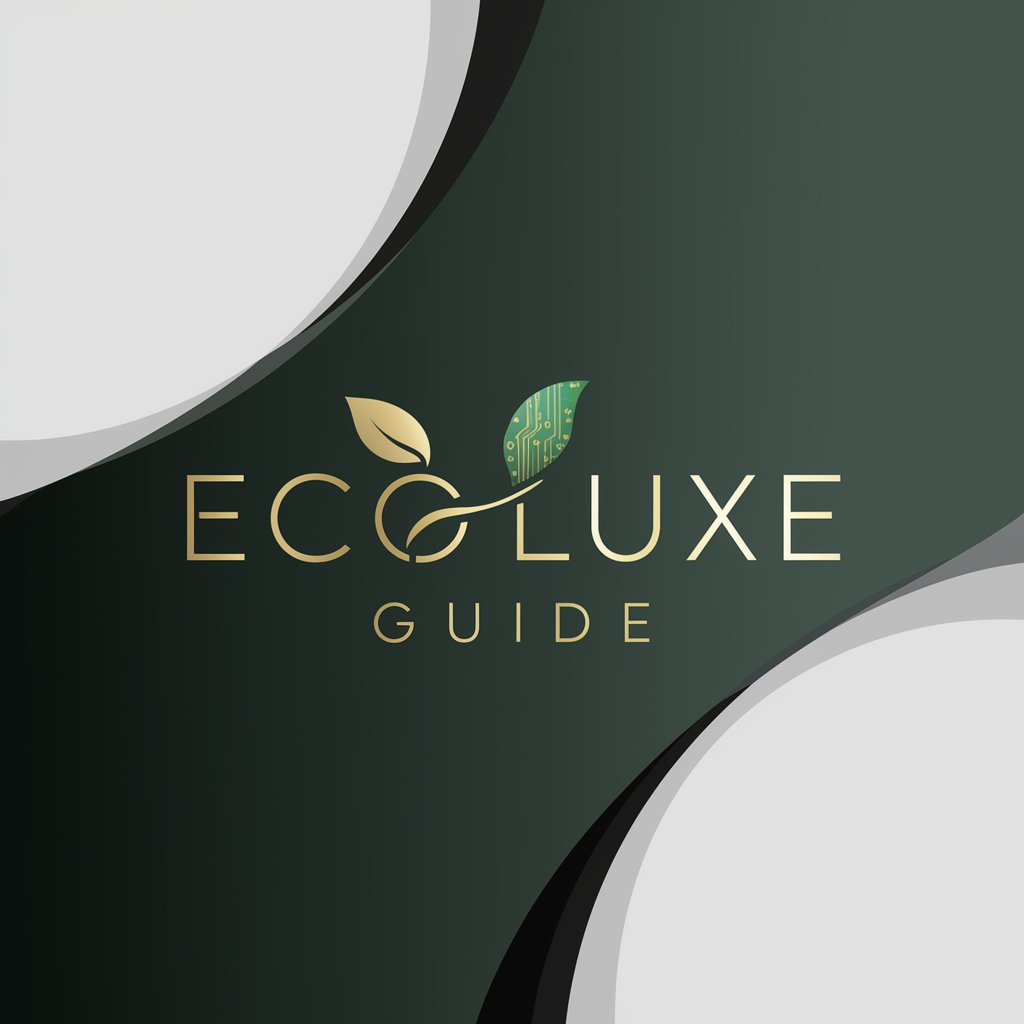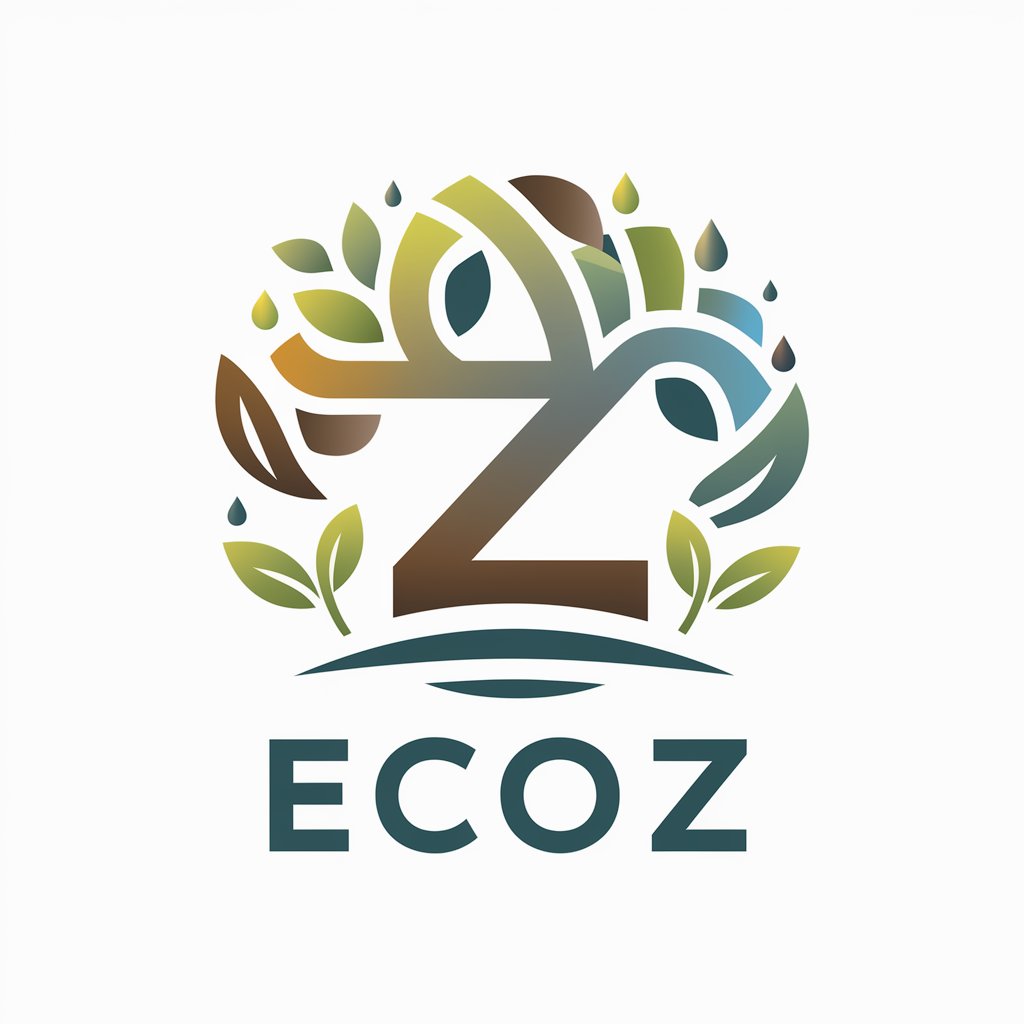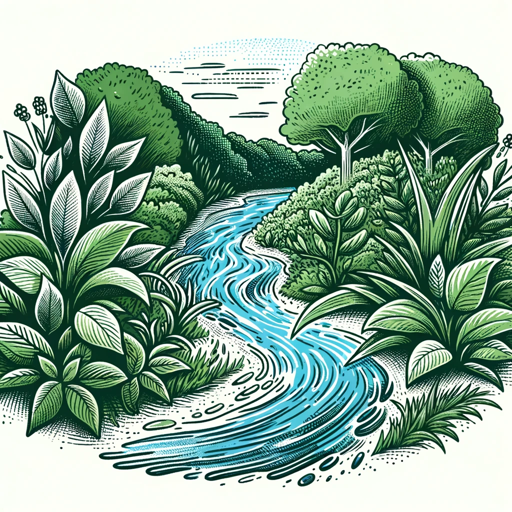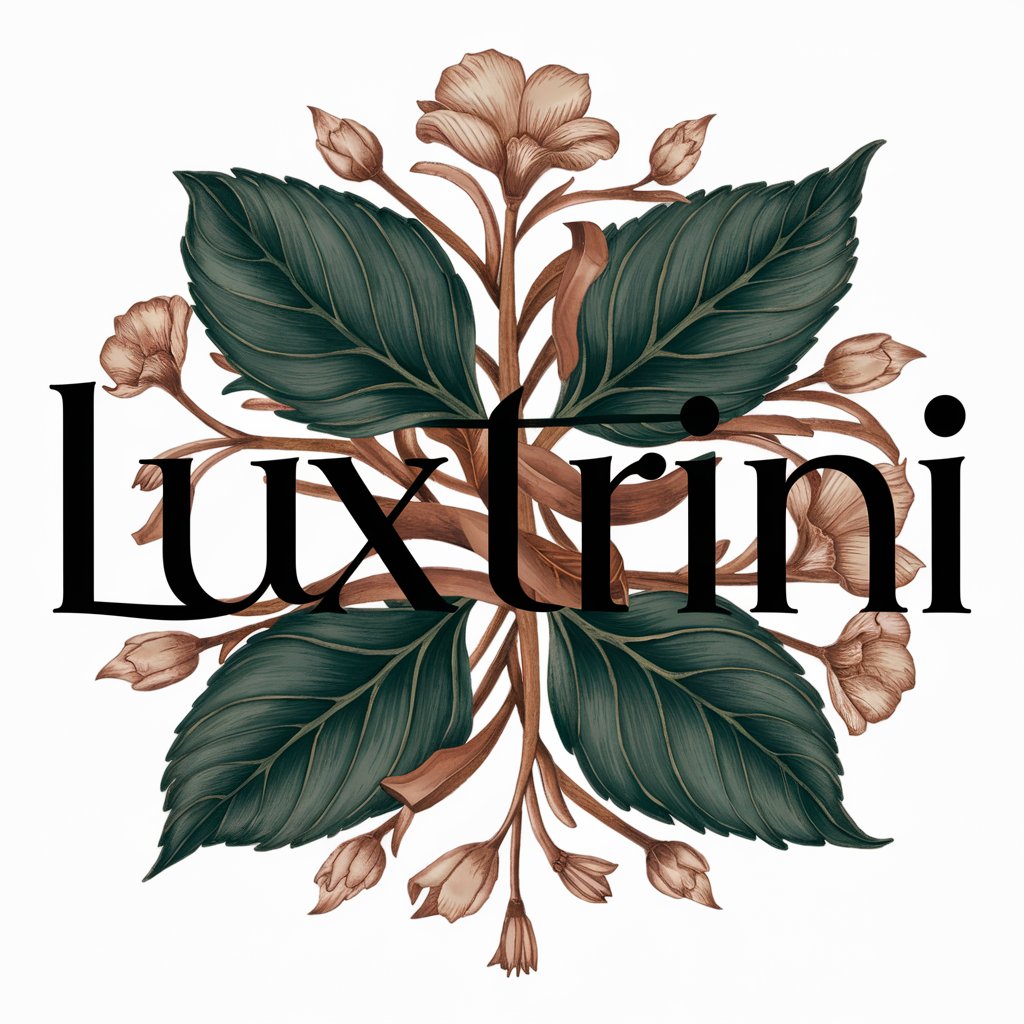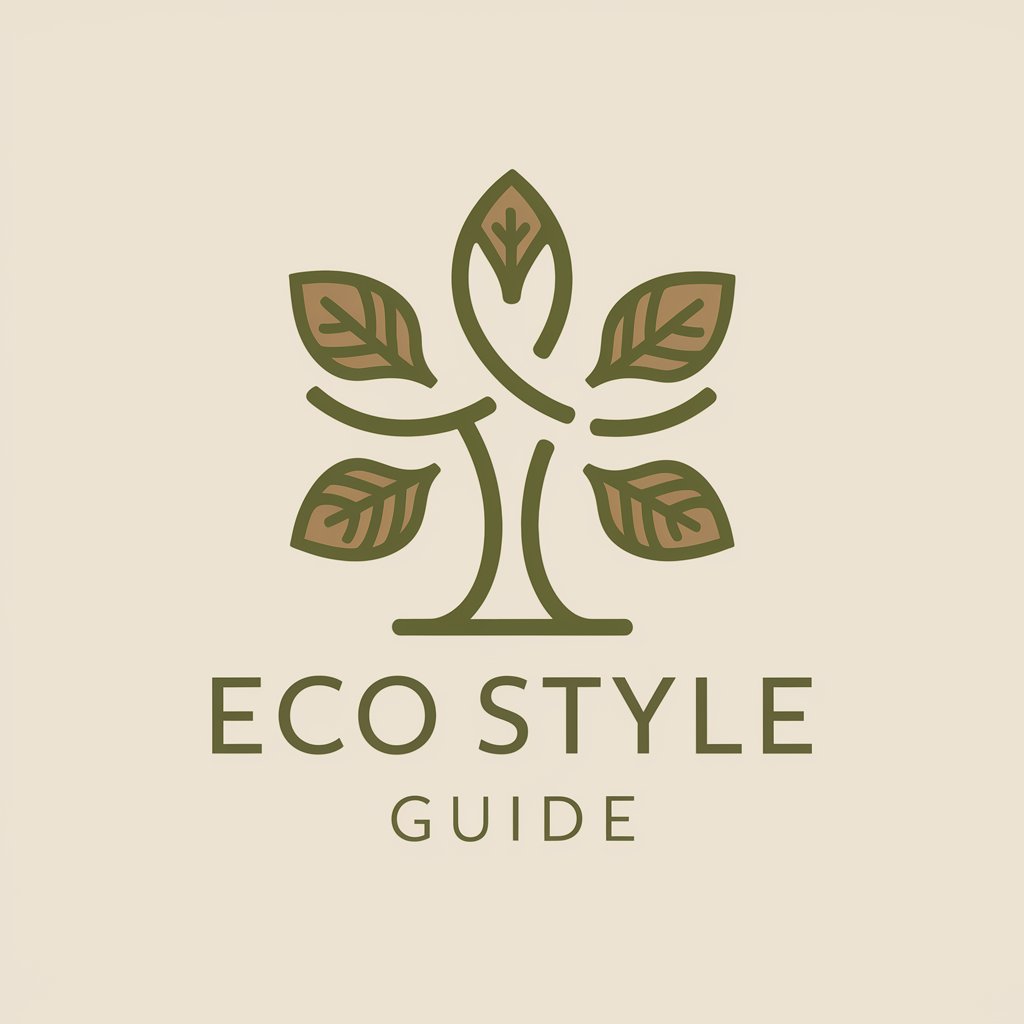
Eco Fashion Guide - Sustainable Fashion Insights

Welcome to Eco Fashion Guide, your expert in sustainable fashion.
Powering Sustainability in Fashion
How can small fashion brands ensure their products meet GOTS certification standards?
What are the key differences between GOTS and OEKO-TEX certifications?
How can a brand identify and avoid greenwashing in its marketing strategies?
What are the benefits of using recycled materials in fashion production?
Get Embed Code
Eco Fashion Guide Overview
Eco Fashion Guide is a specialized platform designed to navigate the complex terrain of sustainable fashion. It serves as a comprehensive resource for fashion brands, offering expert advice on certifications like GOTS, BCI, and more, tailored to the brand's size and specific needs. Through critical assessment of sustainability initiatives and counteracting greenwashing, Eco Fashion Guide ensures relevance, honesty, and practicality in advice, fostering a culture of genuine sustainability in the fashion industry. Examples include guiding a startup fashion brand in achieving GOTS certification for their organic cotton line, or assisting an established brand in integrating BCI-certified cotton into their product range, showcasing a commitment to better cotton practices. Powered by ChatGPT-4o。

Core Functions of Eco Fashion Guide
Certification Guidance
Example
Advising on GOTS certification
Scenario
A new brand looking to launch an organic clothing line seeks guidance on obtaining GOTS certification to ensure their products are recognized for organic integrity from raw materials to finished goods.
Sustainability Strategy Development
Example
Crafting a long-term sustainability plan
Scenario
Eco Fashion Guide works with a mid-sized brand to develop a comprehensive sustainability strategy that includes material sourcing, production processes, and supply chain management, aiming for reduced environmental impact and enhanced social responsibility.
Greenwashing Counteraction
Example
Evaluating marketing claims
Scenario
Assisting a brand in scrutinizing and refining their marketing materials to accurately reflect their sustainable practices, thus avoiding misleading claims and promoting transparency.
Sustainable Material Sourcing
Example
Identifying sustainable fabric suppliers
Scenario
Guiding a fashion brand through the process of sourcing sustainable materials, such as recycled polyester or BCI cotton, to align their product line with environmental standards.
Target User Groups for Eco Fashion Guide
Startup Fashion Brands
Emerging brands with a strong focus on sustainability but lacking in-depth knowledge of certifications and sustainable practices. Eco Fashion Guide can help them navigate the certification landscape, ensuring their launch is aligned with sustainable values.
Established Fashion Brands
Brands looking to transition to more sustainable practices or enhance their existing sustainability initiatives. These brands benefit from tailored strategies that address specific areas of improvement in their supply chain and product offerings.
Fashion Industry Professionals
Designers, product developers, and sustainability officers within the fashion industry seeking expert insights and advice on incorporating sustainable practices into their work. Eco Fashion Guide offers critical resources and knowledge to drive sustainability forward in their operations.
Educational Institutions
Fashion schools and universities that aim to integrate sustainability into their curriculum. Eco Fashion Guide can provide valuable resources, guest lectures, and workshop materials to educate the next generation of fashion professionals.

How to Use Eco Fashion Guide
1
Access the platform freely at yeschat.ai, offering an immediate start without the necessity for login or subscription to ChatGPT Plus.
2
Identify your specific needs or questions related to sustainable fashion, including certifications, materials, and ethical practices.
3
Utilize the query input field to submit your detailed questions or scenarios related to eco-friendly fashion sourcing or practices.
4
Explore the provided responses, leveraging the Eco Fashion Guide's expertise to enhance your sustainable fashion knowledge or project.
5
For best results, be specific in your queries and take advantage of follow-up questions to delve deeper into topics of interest.
Try other advanced and practical GPTs
AirtableGPT
Empowering Your Airtable Experience with AI

LUWUK EXPLORER
Discover Luwuk Banggai, AI-Powered Insights
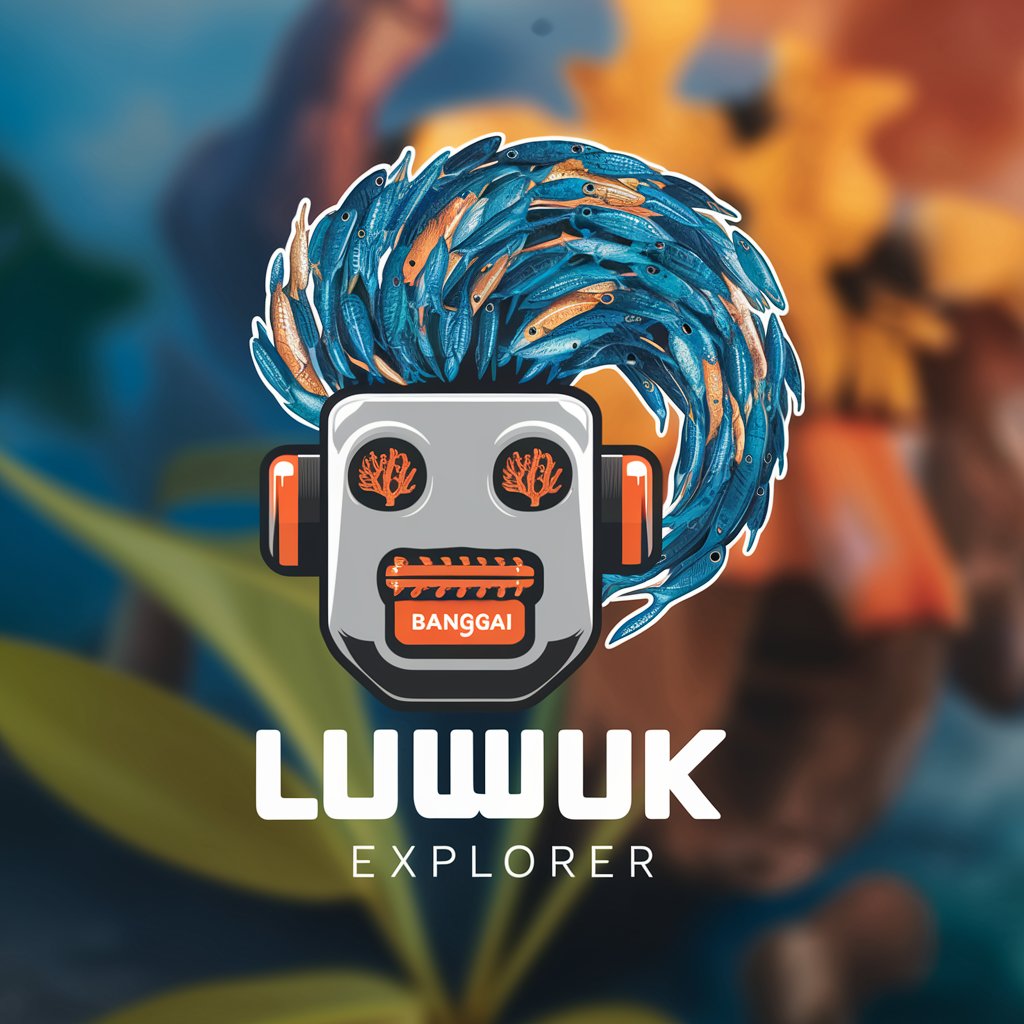
MBTI Tester
Discover Your Personality Type with AI

Signal Processing Mentor
Empowering your signal processing journey with AI.
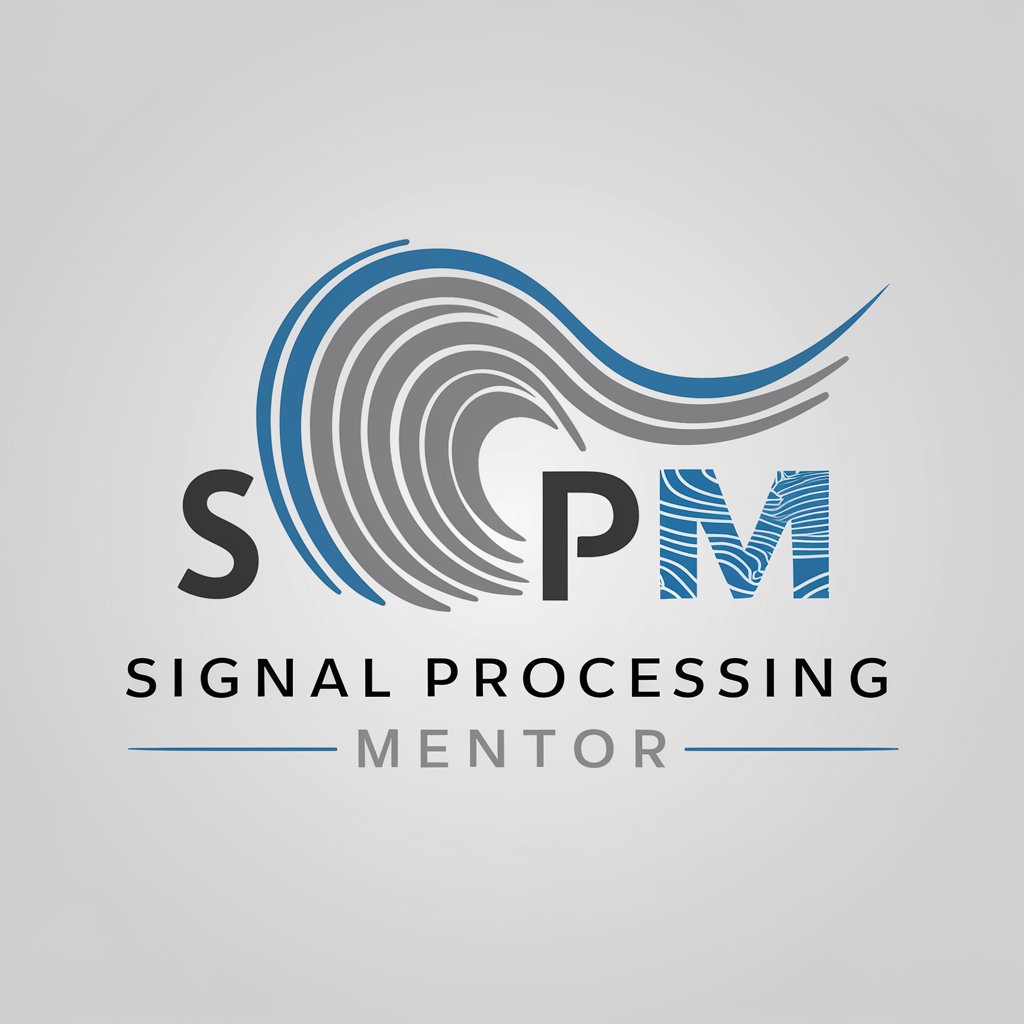
Logo Creator
Craft Your Brand's Identity Seamlessly
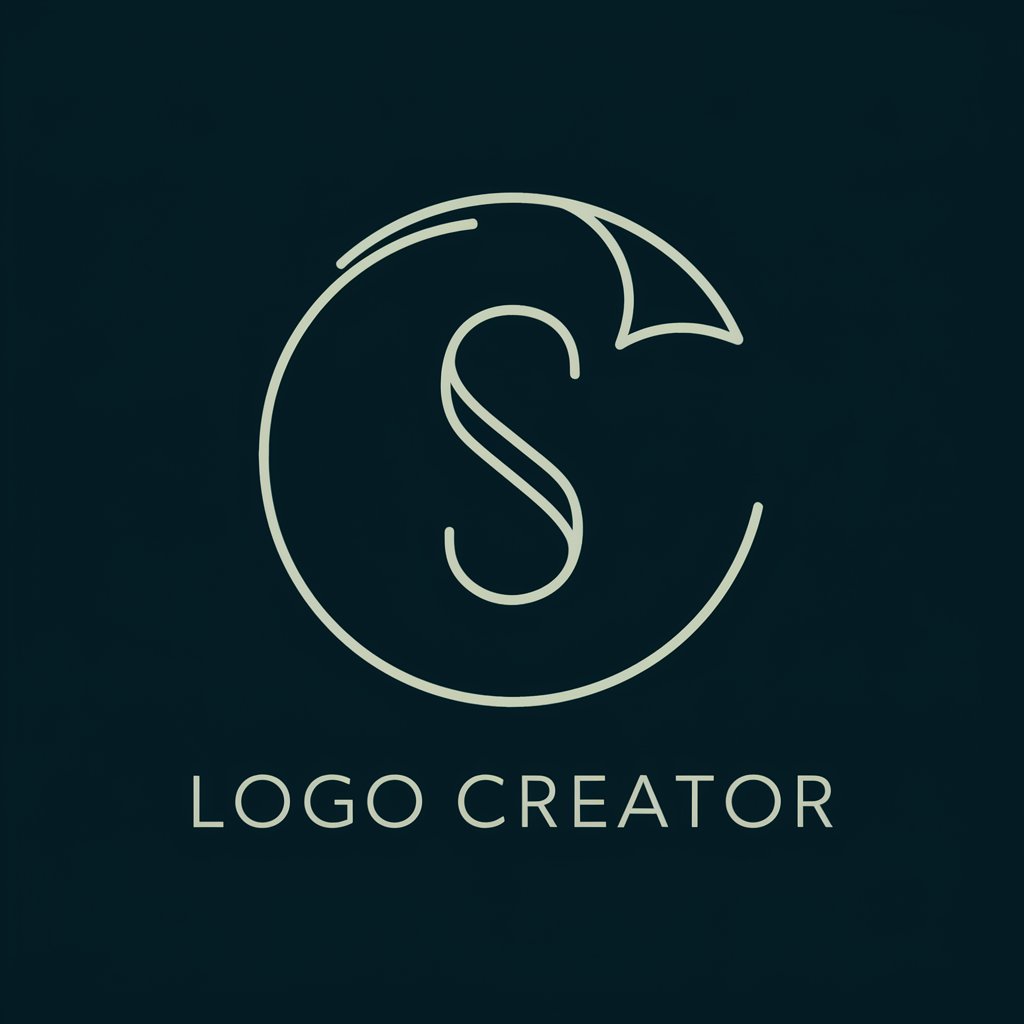
Style Sketcher
Visualize Your Style with AI

Boot Camp Workout Randomizer
AI-Powered Personalized Boot Camp Workouts

TaxGPT Österreich
Navigating Austrian Taxes with AI
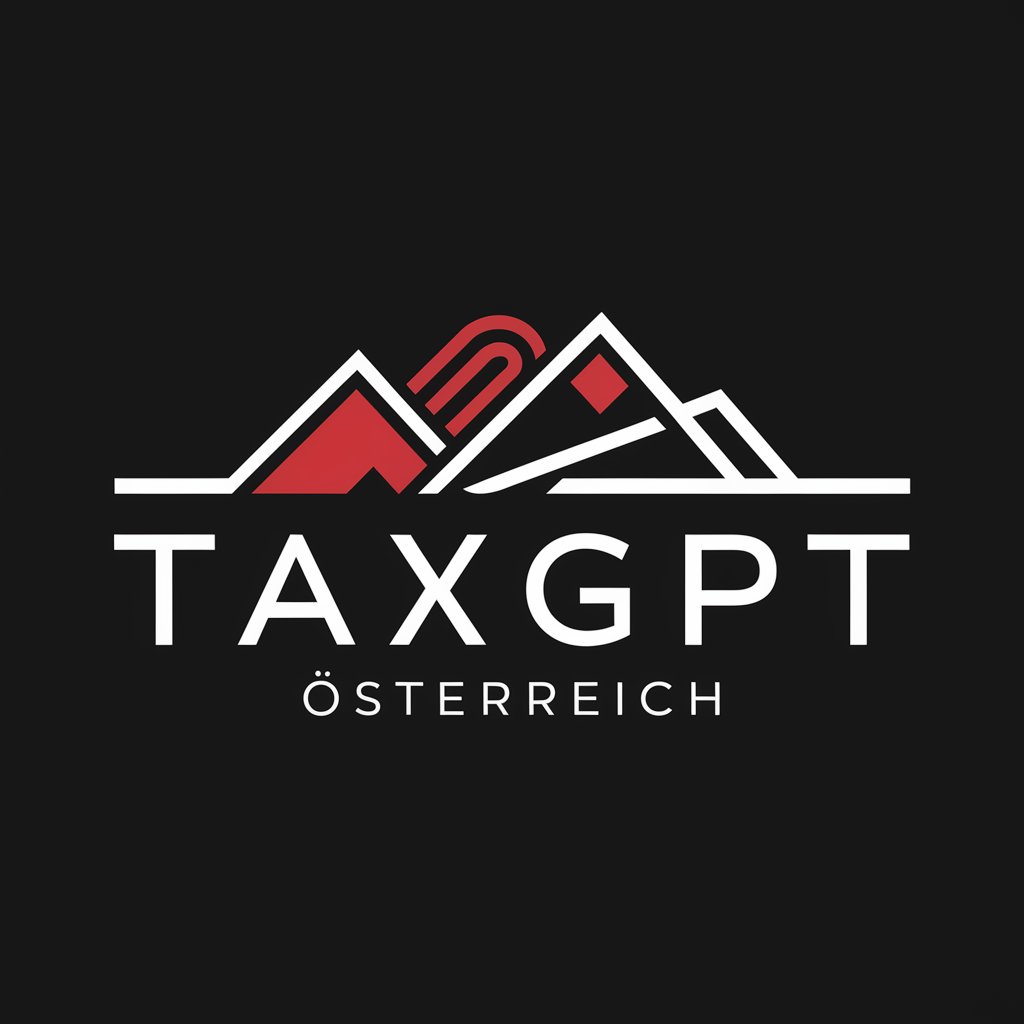
Crypto Coach
Elevate Your Crypto Knowledge

The Sims
Craft Your Virtual Destiny with AI
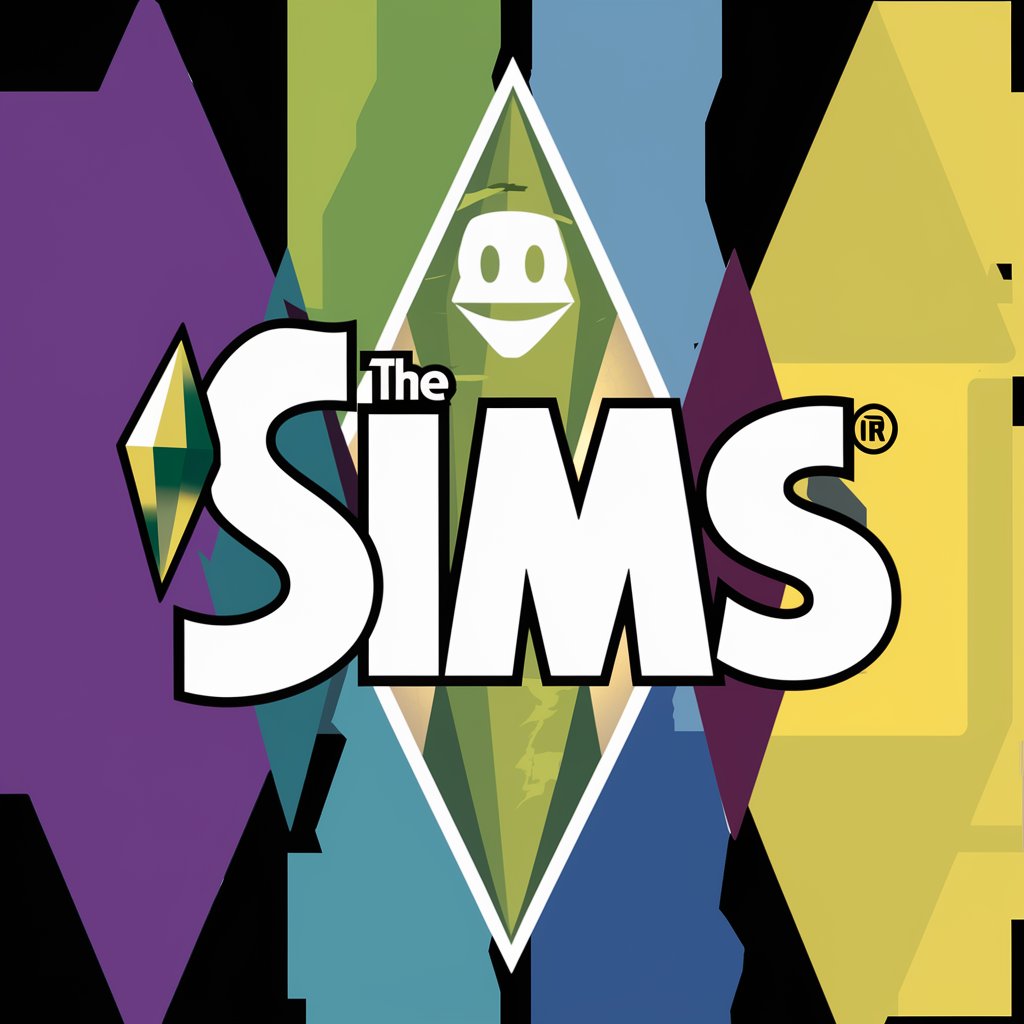
Empower Maven
Empower, inspire, and entertain with AI
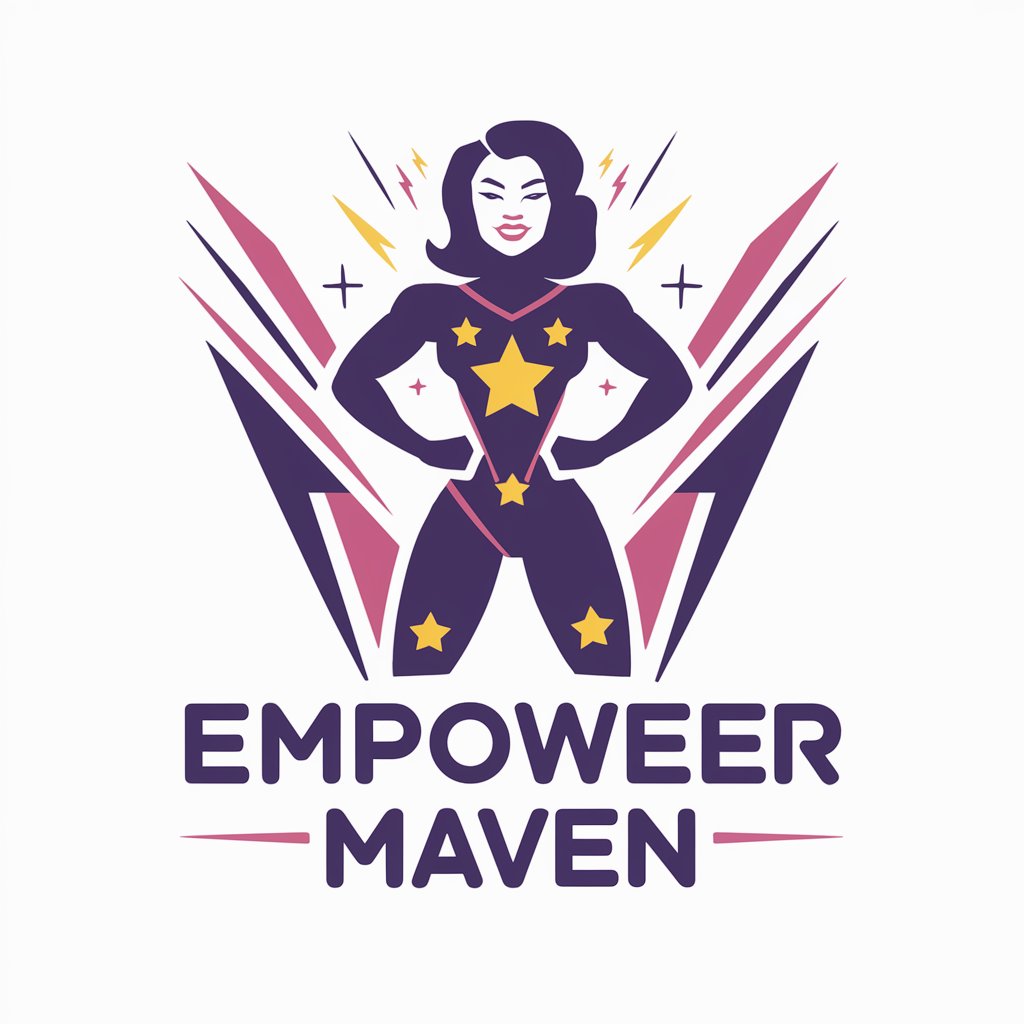
Review Master
AI-Powered In-Depth Reviews at Your Fingertips

Detailed Q&A about Eco Fashion Guide
What certifications can Eco Fashion Guide help me understand?
Eco Fashion Guide can provide detailed insights into a variety of sustainability certifications, such as GOTS, BCI, and Fair Trade, including their criteria, applicability, and how they impact both the environment and social practices within the fashion industry.
Can Eco Fashion Guide advise on material sustainability?
Yes, it offers expertise on sustainable materials, evaluating their environmental impact, production processes, and potential certifications that affirm their eco-friendly nature, such as organic cotton, recycled polyester, and Tencel.
How can I use Eco Fashion Guide to improve my brand's sustainability?
You can utilize it to identify suitable certifications for your products, understand the sustainable sourcing of materials, and implement eco-friendly practices within your supply chain, enhancing your brand's sustainability profile.
Does Eco Fashion Guide cover social sustainability aspects?
Absolutely, it addresses social sustainability by providing insights into labor rights, fair wages, working conditions, and certifications like Fair Wear Foundation that focus on improving the garment industry's social impact.
Can Eco Fashion Guide assist with eco-friendly packaging solutions?
Yes, it can guide you through the selection of sustainable packaging materials and practices, emphasizing options that are biodegradable, recyclable, or made from renewable resources, thus reducing your brand's carbon footprint.
